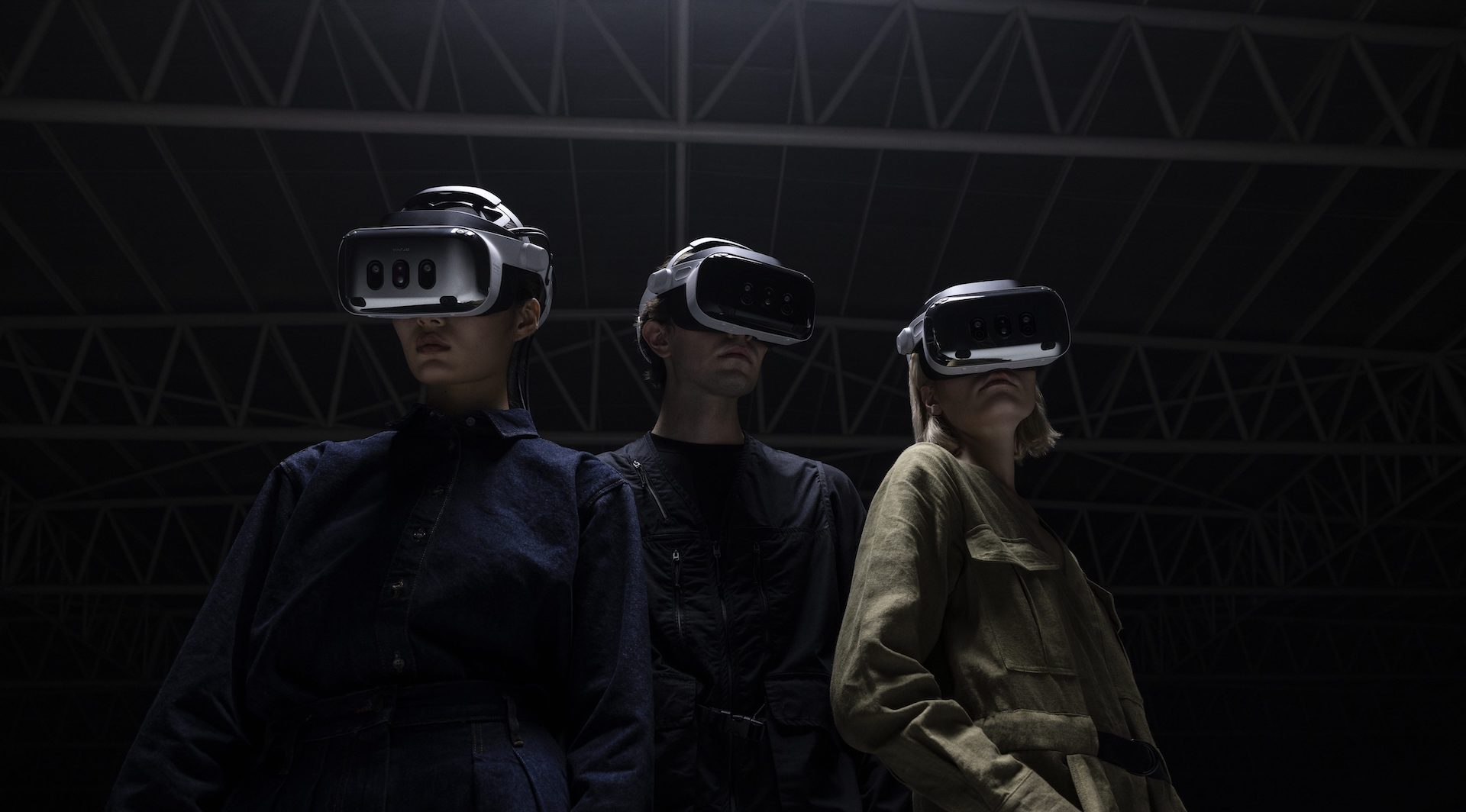Welcome back to AWE Talks, our series that revisits the best of AWE’s conference sessions. With AWE USA 2024 recently concluded, we have a fresh batch of footage to keep us busy for weeks to come.
We continue the action this week with an honest look at enterprise XR? Rather than turning to vested interests and vendors, we hear directly from enterprise adopters. What's working, not working, and where are the stumbling blocks?
See the summarized takeaways below, along with the full session video. Stay tuned for more video highlights each week and check out the full library of AWE USA 2024 sessions on AWE’s YouTube Channel.
Speakers
Paul Davies, Boeing
Andrew Lowe, Rolls Royce
Diana Olynick, Author & XR Designer
Key Takeaways & Analysis
– Enterprise XR is often discussed in singular monolithic terms.
– But it represents a wide range of technologies from AR guidance to VR training.
– For example, Boeing uses VR for designing manufacturing processes and simulations.
– Rolls Royce' meanwhile uses VR for engine simulation and AR for wire-harness installation.
– These simulations are highly textured with high poly counts, so they require PC VR.
– It also does government contracts that bar Chinese hardware, limiting it to HTC and Varjo.
– Altogether, it’s a lesson in how each company's needs are different and nuanced.
– Different flavors and formats of XR can also map to various stages of the product lifecycle.
– With some exceptions, VR shines when a product doesn’t exist, while AR applies after it does.
– As for the business case, it can be amplified where there are high stakes and big-ticket items.
– XR provides a sort of insurance policy to optimize these large sunk costs.
– This often boosts adoption because XR's ROI is pronounced by the high stakes involved.
– That is the case in aerospace given the big investments that XR can protect and optimize.
– For example, simulations can catch mistakes that are much costlier to fix downstream.
– As for challenges, XR often has strong ROI in the above cases... but still faces friction.
– This goes for vendors selling into enterprises, as well as internal champions pushing XR.
– Even when the C-suite is swayed by the ROI case, other stakeholders resist
– That includes risk-averse IT departments and tech-averse end users.
– This compels different sales pitches that are tailored to these personas/divisions.
– Bureaucracies also stand in the way, as they’re designed to favor the status quo.
– The advice: find ways around those bureaucracies and be bold in pushing XR internally.
“You shouldn’t be asking yourself ‘Will they let me’ but rather 'Can they stop me,’" said Rolls Royce’s Andrew Lowe.
For more color, see the full video below...

Want more XR insights and multimedia? ARtillery Intelligence offers an indexed and searchable library of XR intelligence known as ARtillery Pro. See more here.
Speakers
Paul Davies, Boeing
Andrew Lowe, Rolls Royce
Diana Olynick, Author & XR Designer
Key Takeaways & Analysis
– Enterprise XR is often discussed in singular monolithic terms.
– But it represents a wide range of technologies from AR guidance to VR training.
– For example, Boeing uses VR for designing manufacturing processes and simulations.
– Rolls Royce' meanwhile uses VR for engine simulation and AR for wire-harness installation.
– These simulations are highly textured with high poly counts, so they require PC VR.
– It also does government contracts that bar Chinese hardware, limiting it to HTC and Varjo.
– Altogether, it’s a lesson in how each company's needs are different and nuanced.
– Different flavors and formats of XR can also map to various stages of the product lifecycle.
– With some exceptions, VR shines when a product doesn’t exist, while AR applies after it does.
– As for the business case, it can be amplified where there are high stakes and big-ticket items.
– XR provides a sort of insurance policy to optimize these large sunk costs.
– This often boosts adoption because XR's ROI is pronounced by the high stakes involved.
– That is the case in aerospace given the big investments that XR can protect and optimize.
– For example, simulations can catch mistakes that are much costlier to fix downstream.
– As for challenges, XR often has strong ROI in the above cases... but still faces friction.
– This goes for vendors selling into enterprises, as well as internal champions pushing XR.
– Even when the C-suite is swayed by the ROI case, other stakeholders resist
– That includes risk-averse IT departments and tech-averse end users.
– This compels different sales pitches that are tailored to these personas/divisions.
– Bureaucracies also stand in the way, as they’re designed to favor the status quo.
– The advice: find ways around those bureaucracies and be bold in pushing XR internally.
“You shouldn’t be asking yourself ‘Will they let me’ but rather 'Can they stop me,’" said Rolls Royce’s Andrew Lowe.
For more color, see the full video below...
Want more XR insights and multimedia? ARtillery Intelligence offers an indexed and searchable library of XR intelligence known as ARtillery Pro. See more here.



